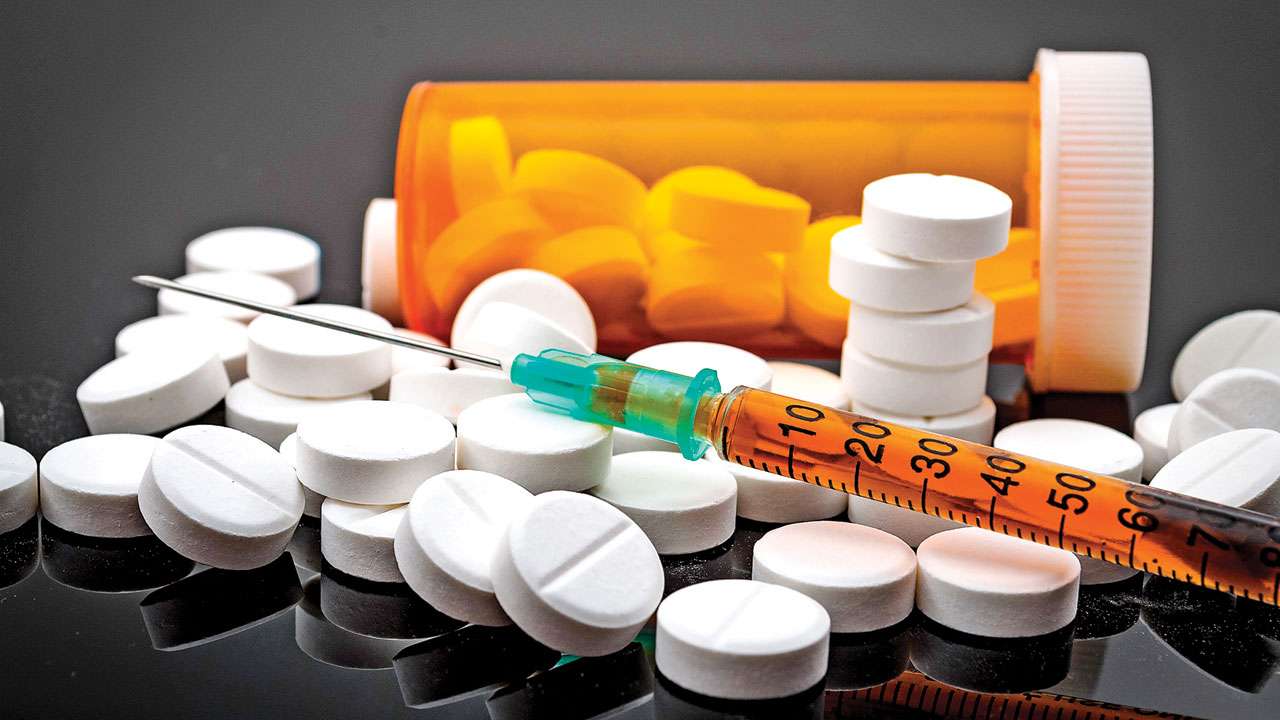
Mala, 14, had been was sent to HAQ: Centre for Child Rights by the Child Welfare Committee because she was sexually abused. She was covered with blisters and sores all over her body and she couldn’t stop scratching. Wherever she scratched the blister would ooze. She had contracted sexually transmitted disease through sex with auto and e-rickshaw drivers on the roads for tiny sums of money to fund her drug addiction. Her mother said she would keep running away from home, despite repeated efforts to enroll her in school and keep her home.
Several children in conflict with the law that HAQ works with, confess that they had stepped into crime to fund their addiction. When these juveniles are introduced to drugs and other illicit substances, they get pushed into drug trafficking, robbery, murder, abduction and many other criminal activities.
Recognising the close link between substance abuse, addiction and juvenile crime, the Society for Promotion of Youth & Masses (SPYM) through its Project Hope set up the Sahyog centre in the Sewa Kutir Complex, Kingsway Camp, Delhi in 2010. This was the first of its kind initiative in the country.
Substance abuse among children is assuming epidemic proportions, cutting across social categories. Teachers from high end schools complain that their students get into alcohol and substance abuse very early.
In this backdrop, the report — Prevalence and Extent of Substance Use in India- by the Ministry of Social Justice and Empowerment is welcome. This is the first attempt in India to provide detailed estimates of substance use and substance use disorders. Children sniffing glue, whiteners and other cheap inhalants is a common sight on the streets.
According to this report, an estimated 4.6 lakh children need help for their inhalant use(harmful use/dependence), which is higher than in adults.
In terms of absolute numbers, children needing help for inhalant use abound in Uttar Pradesh, Madhya Pradesh, Maharashtra, Delhi and Haryana. Children as young as 10 years are consuming alcohol. In Punjab, they consume more than thrice the national average (6 per cent), followed by West Bengal (3.9 per cent) and Maharashtra (3.8 per cent). Under-reporting (and hence under-estimation) of alcohol use remains a challenge in states with alcohol prohibition like Bihar and Gujarat. More boys than girls are addicted to all manner of substances.
The present report corroborates the findings of a limited study undertaken by the National Commission for Protection of Child Rights in 2012-13 covering 4,024 substance-using children between 5-18 years.
It had found that more than 50 per cent children living on the streets reported bad, very bad or no relationship with the family and higher levels of addiction than those living at home; tobacco and alcohol were the most addictive, followed by cannabis and inhalants, pharmaceutical opioids, sedatives, heroin and opium.
The gateway substance appeared to have an early onset before the use of illicit substances. The mean age of onset was lowest for tobacco (12.3 years) followed by onset of inhalants(12.4 years), cannabis (13.4 years), alcohol (13.6 years), proceeding then to use of harder substances - opium, pharmaceutical opioids, heroin (14.3-14.9 years) and then finally use of substances through the injection route (15.1 years).
More nuclear families and economic compulsions forcing both parents to work, reduces parental control and supervision. This makes children more vulnerable.
All these are impacting their mental and physical health leading to behavioural disorders. At least 10 million children (13-17 years) need mental health interventions, according to the National Mental Health Survey 2015-16.
They are perhaps also the ones most vulnerable to addictions. The NCPCR study noted that all children in the sample had encountered stressful situations and adverse physical/psychological health and this was true of school-going children, out-of-school and street children.
What the report highlights is one of the biggest challenges that individuals and organisations working with children who are addicted to substances face - the lack of treatment facilities. While stressing on the importance of prevention programmes, the report notes that“evidence for effectiveness of awareness generations as the predominant preventive strategy, is very weak”.
This report enables us to get a national picture of both the problems and the challenges which can help the government to form a comprehensive strategy to address the menace. If we don’t sit up and act, we may lose our children to addiction.
Author is Co-founder and Advisor to HAQ: Centre for Child Rights